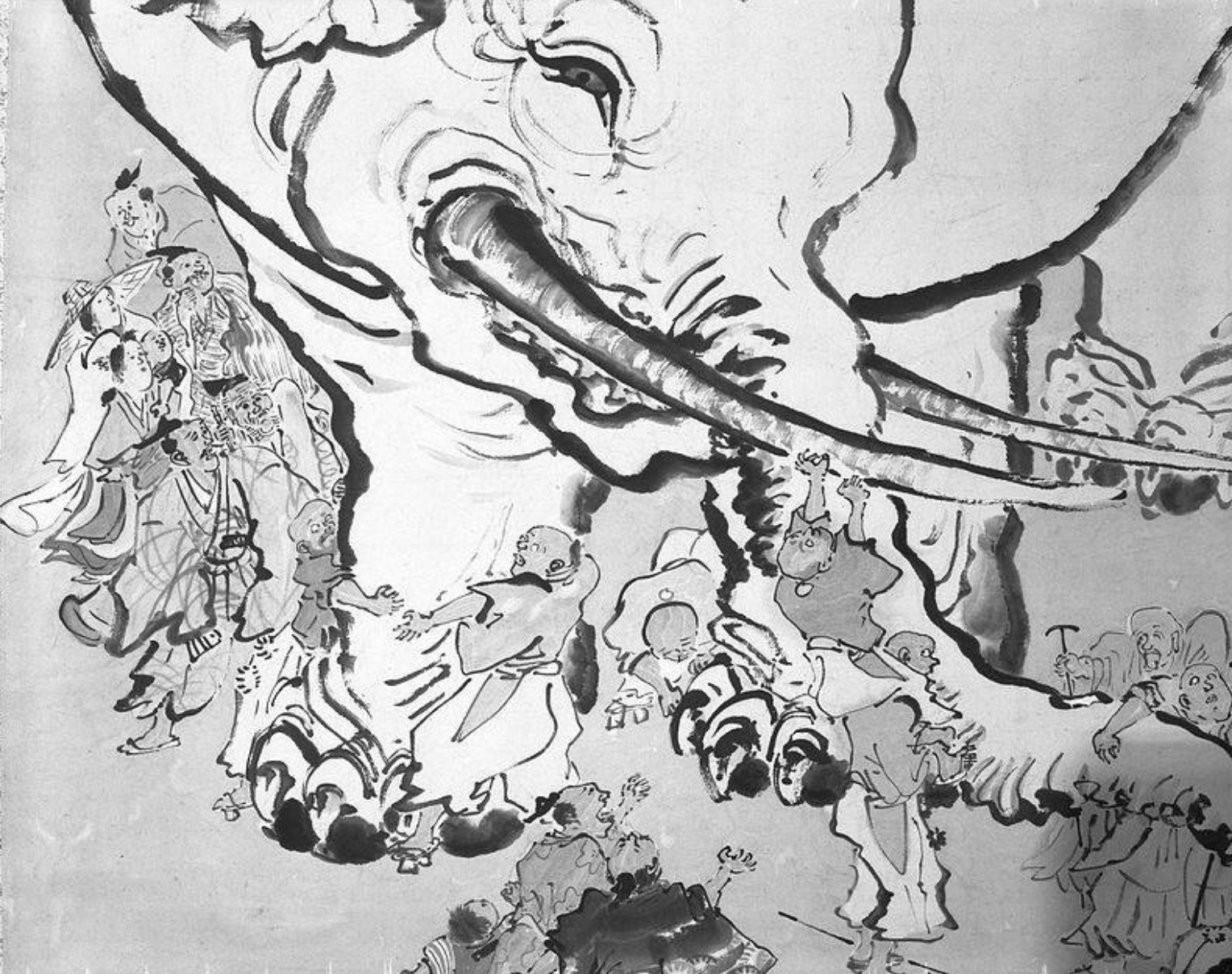This essay (serialized here across 24 separate posts) uses words and numbers to discuss the uses of words and numbers — particularly examining evaluations of university degrees that employ statistical data to substantiate competing claims. Statistical analyses are crudely introduced as the mode du jour of popular logic, but any ratiocinative technique could likely be inserted in this re-fillable space and applied to create and defend categories of meaning with or without quantitative support. Questions posed across the series include: Is the data informing or affirming what we believe? What are the implications of granting this approach broader authority? The author, Melanie Williams, graduated from UA in 2006, with a B.A. in Anthropology and Religious Studies.
Nate Silver’s methodology, to the extent he describes it, seems to be stitching together a few different types of analyses. His aims and limits are fairly well defined: Forecast the results of elections in various states in which a nomination process whittles the initial field of candidates down to a handful. For each open seat, one candidate will triumph. Silver then sets about combining political polling data, from which he derives the probabilities of his forecasts, the way you would bet on Natter Phineas to win at 6:1. We could stop there, and chalk his success up to the inviolable laws of math. Or we could ask a few more questions. After all, elections don’t offer a clean analogy to sporting events, or poker, or red cars vs. blue cars. How often are elections contests between equals? Or contests, for that matter, at all? I voted last week. Of the near-dozen positions on the ballot, two were contested. A closer examination of the 2008 senatorial election results suggests there were a great many seats in the U.S. Senate in which the incumbent was not challenged aggressively, or at all. I don’t mean to diminish Nate Silver’s achievements. I just want to point out that many candidates have ostensible advantages in our elections, making any survey of individual odds less clear cut than it might appear at the outset. Nate Silver’s data analyses may work, then, because he doesn’t solely rely on them. There are other sources of data, after all, for deriving an estimate of a candidate’s ephemeral popularity. When polling data does not inspire an adequate level of confidence, or when the results yield no statistically significant edge to any party, you might turn to the effects of factors that may or may not be reflected in the polling data: the exigencies of re-districting lines, political alliances and legacies, successful state and federal social or economic programs, popular scandals, infamous gaffes, (it’s so hard to choose), or any other histrionic hoo-ha of our political stage that invites the intrepid to nestle up to the glow of a wider world’s bad reality tv.
What happened this year?
Part 13 coming tomorrow morning…
